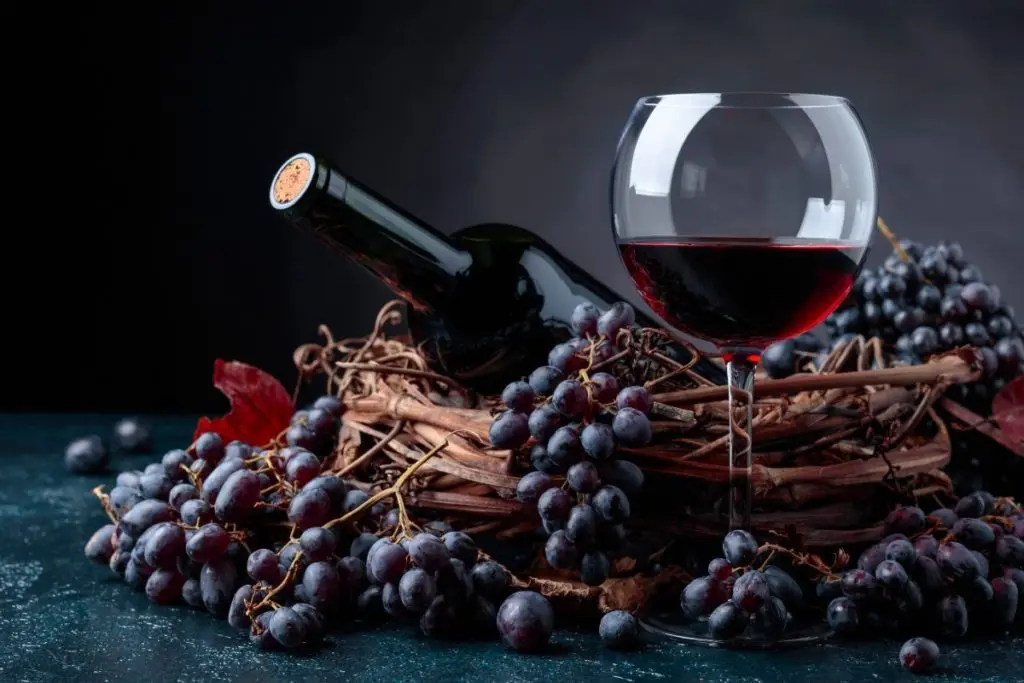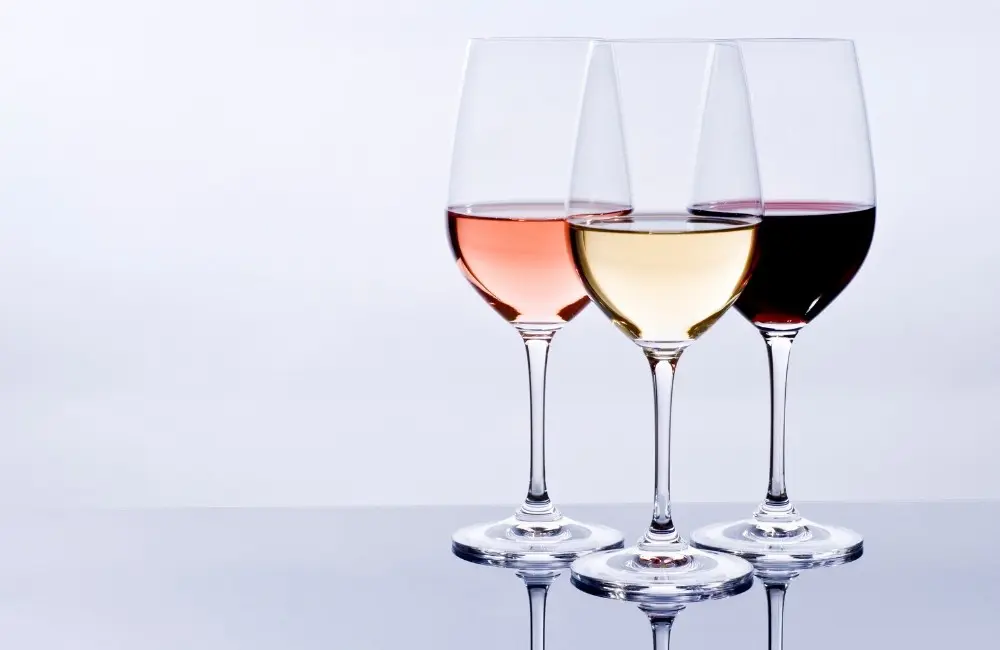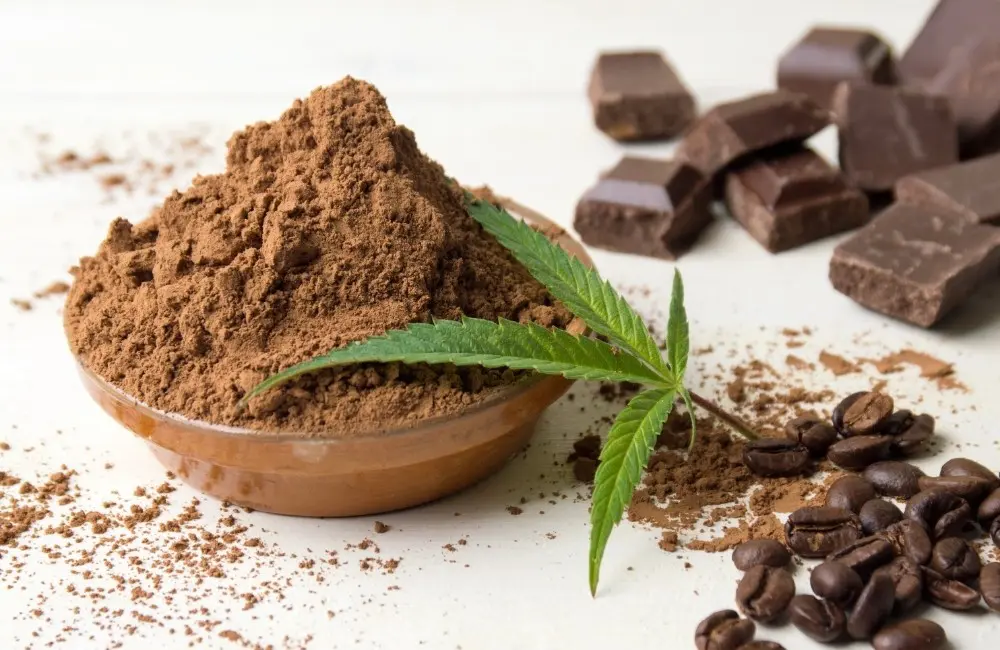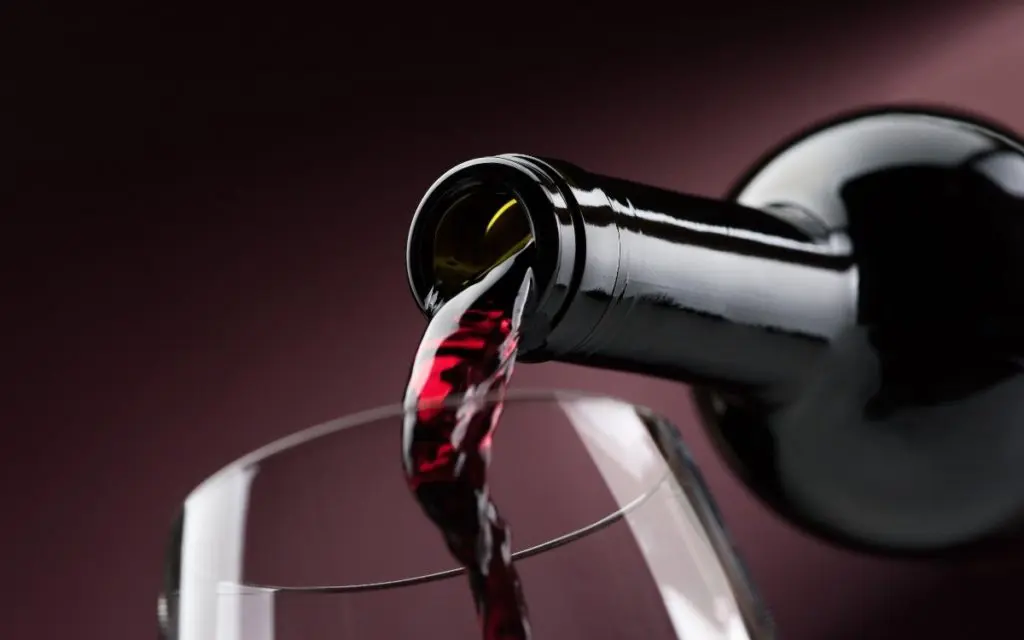When you think about wine, most people simply state a red vs. white preference. But, within those huge buckets lie tons of varietals and flavors and nuances that aren’t being covered. Here we go over a major battle of reds in merlot vs. cabernet.
What makes them each unique, and which would you like more? Thankfully, we answer all your questions and give you our take on this age-old question.
What Is the Difference Between Merlot vs. Cabernet Sauvignon?
| MERLOT | CABERNET | |
| PROS | • Full-Bodied • More Variety in Flavor • Great for Adding to a Wine Cellar and Aging | • Sweeter Finish • Smoother Mouthfeel • Slightly Less Expensive Bottle |
| CONS | • Heavy Tannins • More Expensive | • Less Prestige • Less Complex Flavor |
These two wine varietals are the most popular red wines served in restaurants and bars and known to the general public.
Both merlot and cabernet sauvignon grapes originated in the Bordeaux region of France. Now, merlot is mostly grown in the clay and limestone soils of the Right Bank in St. Émilion, Pomerol, and Fronsac. Cabernet prefers the gravel soil in the Left Bank in Médoc and Pessac-Léognan. Both varietals are also grown throughout the world now in the Napa and Sonoma regions of California, Southern Australia, and more.
But, what is the difference between merlot and cabernet sauvignon? The first answer is obvious. Each wine is made from a different grape and goes through a different fermenting process. The other differences are slightly more subtle.
Most describe Cabernet sauvignon as being extremely rich, robust, and even striking. It’s a full-bodied wine that holds nothing back. Merlot, on the other hand, has more nuance. It’s a little more delicate. Both wines are “dry” wines. However, on the sweetness scale, merlot would win.
Merlot, along with its sweetness, is a bit smoother and less in your face than the one-two punch of cab sav. Most would say merlot is easier to drink while cabernet is more for the wine drinker who likes the punchiness of a good dry red.
How Is Merlot Wine Made?

Merlot is created in a dry process. Dry wines are created through allowing the sugars after pressing are converted into alcohol by becoming a feast for active yeast. Once the yeast consumes and converts all of the sugars, the wine is “dry.”
Merlot, while being a dry wine, also holds onto more residual sugars than other dry varietals. This can account for the sweeter taste than some other reds. Merlot grapes also naturally achieve a higher level of sugars leading to a higher potential alcohol percentage than other grapes at ripeness.
This might be the key reason for the increased sweetness in a cabernet sauvignon vs. merlot varietal.
How Is Cabernet Sauvignon Made?
Similar to the merlot, cabernet sauvignon is made through the dry processing. It is pressed and left to ferment. The flesh and skins of the grapes float to the top, making up what’s called a cap. Part of the winemaking process is to continually stir this cap back into the fermenting wine to add more tannins and complexity to the finished product.
Cabernet grapes are smaller and grow over the course of a longer season. This means the resulting grape is more bitter than it’s merlot counterpart. This also contributes to the richer and fuller body of a cabernet wine vs. merlot.
Cost Comparison: Merlot vs. Cabernet
As far as the cost of wine goes, there are many factors that go into it. Production time, grape size, amount of harvest, and more all go into the price of the bottle.
More often than not, you’ll pay more for a bottle of cabernet sauvignon than a bottle of merlot. Why? Cabernet grapes are tiny compared to their merlot counterparts. This means more vines and more grapes are needed to produce each bottle of wine.
For a typical bottle of cabernet, you’ll be looking to spend anywhere from around $10-$40. In contrast for a merlot, you’re looking at $5-$25 for a typical bottle. These will be the prices for wines out of California primarily. French wines will be more expensive, but you should be looking at a similar comparison of the relative range.
Characteristics of Cabernet Sauvignon & Merlot
Next let’s talk a little bit about the common characteristics of cab sav and merlot.
Common Characteristics of Cabernet
While wines will be different from every region, there are some common themes in the characteristics of cab sav. Most will have a fruity and peppery flavor with a full-bodied mouthfeel.
This wine features darker, stronger tannins. The sip will be more bitter and forward than other wines.
Common Characteristics of Merlot
Most merlot is going to be a smoother sip. This more mellow wine will have a sweeter finish. Many are described as having flavors of different berries, chocolate, or even coffee finishes.
The oak aging lends itself to the deeper aromas and a more complex taste with a lower tannin count.
Merlot vs. Cabernet: Head to Head

Now that we understand a little more about the individual wines, we can make a full comparison of the two.
Let’s focus on five categories:
- Flavor Profile
- Food Pairing
- Enjoyment
- Price
- Storage
Flavor Profile
If you’re looking for a red wine that can hold it’s own and be an enjoyable glass throughout the course of a party, cabernet is your wine. It gives you a punch of flavor and is enjoyable while having a decent alcohol content.
If you’re looking for an everyday red to wind down after a long day, merlot is more your speed. Smoother notes lend it to relaxation. The lower price tag means you can open up a bottle on a Wednesday and not have it feel like a waste.
Food Pairing
Cabernet pairs the best with bold foods like a leg of lamb or roast duck. Something with a strong flavor profile that is aided by the black pepper, tobacco, and plum notes of the cab sav.
Merlot is a good pairing for meals with leaner cuts of beef, tomato sauce, or a hearty stew where the flavors are milder but still robust. The more fruit-forward merlot adds sweetness and harmony to a savory dish without overwhelming the palate and taking away from the food experience.
Enjoyment
If you love red wine, then you will be happy with either of these choices. At the end of the day, they are both great reds. However, your total enjoyment comes down to the flavors you enjoy.
The forward flavors of malbec vs. cabernet are definitely different.
Tasting Cabernet Sauvignon
Cabernet Sauvignon is known for a distinct green bell pepper flavor due to the compound pyrazine, which isn’t present in other varietals. This is particularly true in cooler climate cabs that are particularly susceptible to higher levels of this vegetal taste producing element.
Cabernet is definitely dry in style and gives you that dry mouth feeling as you continue your glass. The high tannins which support the characteristics of the rich dark fruit also provide complexity and structure.
It’s bright nose tones down overly fruity or sweet notes. You can find these typical flavors and aromas exhibited by Cabernet:
- Crème de cassis
- Blackberries
- Black cherries
- Blueberry
- Cedar
- Boysenberry
- Truffle
- Chocolate
- Black pepper
- Vanilla
- Eucalyptus
- Tobacco
- Mint
- Warm Spice
Tasting Merlot
Merlots will taste different depending on where it’s grown and how it’s made, of course. But, there are commonalities among them. Merlot from places like Chile, France, and Italy result in a higher tannin count. It will have earthier flavors like tobacco or even tar.
In contrast, Merlot grown in the warmer climates of Argentina, Australia, and California is fruit-forward with fewer tannins. They are also aged 24 months in oak barrels to add further complexity to the wine.
Some of the most common flavors found in Merlot are:
- Cedar
- Graphite
- Tobacco
- Clove
- Vanilla
- Mocha
- Oak
- Raspberry
- Blackberry
- Black cherry
- Plum
Your enjoyment of the wine will come down to your preferences on the flavor profiles and what you like most in a glass. Instead of focusing strictly on the name, read the flavor descriptions on the bottle. Pick the bottle with the flavor profiles you most enjoy.
Price
The price of wine is something that is incredibly varied. Among the same varietal, you can span $100s and even $1000s of dollars between bottles.
However, at its face, merlot is usually the cheaper bottle if you’re comparing a merlot and cabernet from the same region.
Take a 2018 Hahn Merlot from the Central Coast of California, for instance. A bottle will run you about $14. Meanwhile, a 2018 William Hill Cabernet Sauvignon from the Central Coast of California will cost about $15.
While that’s only a dollar difference, the cab is still more expensive. However, they aren’t too far apart, so choose what you would want to drink.
Storage
In general, you’re looking at better storage from a cabernet. Why? Because to make this wine, it needs to age longer to begin with. This means that aging improves the wine’s flavor.
Merlot, on the other hand, is a younger wine. So, it’s taste may change to a more punchy flavor as it ages. You’ll develop more tannins and lose some of the residual sugar inherent in a younger wine.
Either way, you’ll want to keep your bottles as temperature controlled as possible and in a horizontal position for best storage potential. Leaving the bottles upright provides too much of an opportunity for air to break the seal and “cork” the wine, making it go rancid.
Rancid wine is not delicious, period.
The Bottom Line: Which Is Best? Merlot or Cabernet Sauvignon

As with every bottle of wonderful wine, the decision about whether or not it is good lies with the taster. For instance, your preferences even change with region and producer. Remember that the dirt the grapes grow in (or terroir in wine language), the barrels they age it in, and the harvesting process all influence the final flavor of the wine.
A bottle from a small-batch boutique winery is going to taste way different than the mass production winery down the road that puts out thousands and thousands of bottles per vintage.
We say give both types a chance. Try a few of each varietal from a few different regions to really understand the nuance and difference between the wine. Give a few from smaller wineries a chance as well.
Then, once you’ve tried a few, you get to decide. Are the fruit-forward and sweeter merlot your fav? Or, do you enjoy the deeper tobacco notes and tannins of a complex cabernet? It could also change with occasion.
If you’re throwing a party, though, make sure to have a bottle of both. Whether your team merlot or team cabernet, these are still the two most popular red wine varietals. We are sure your guests will all be happy with one or the other.
Further Reading






